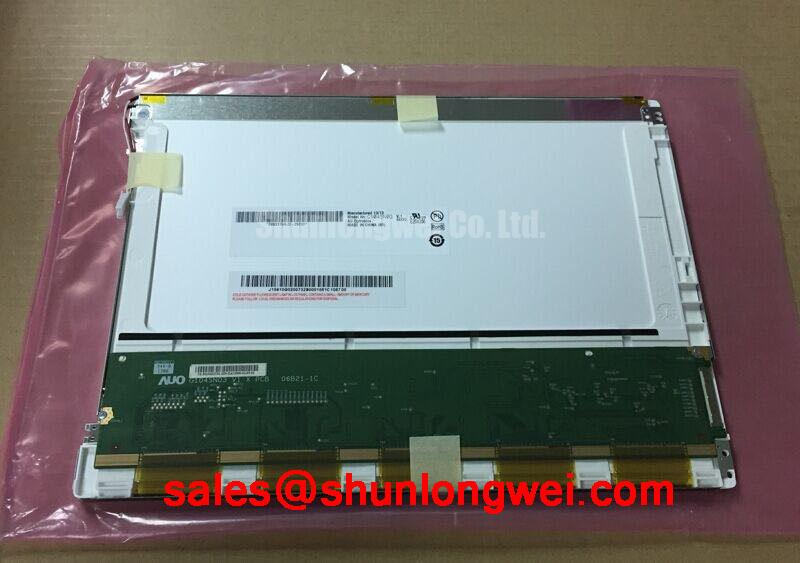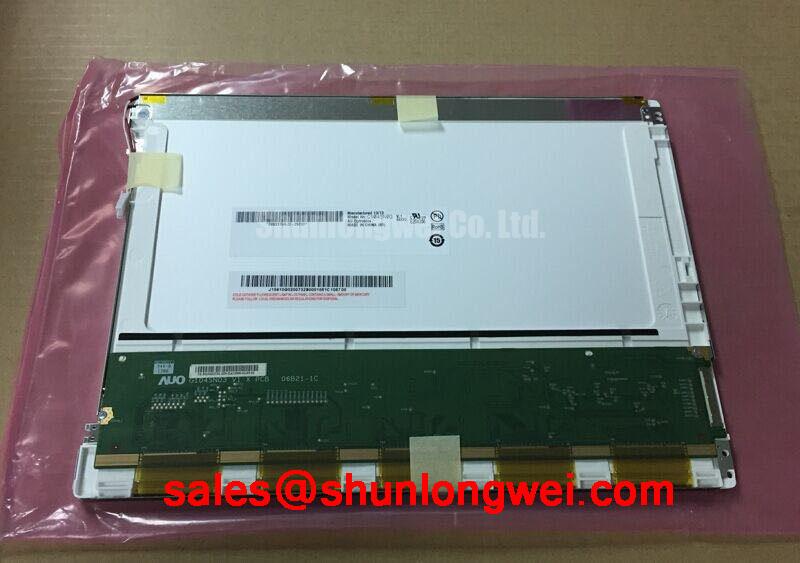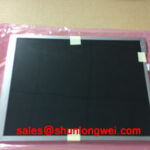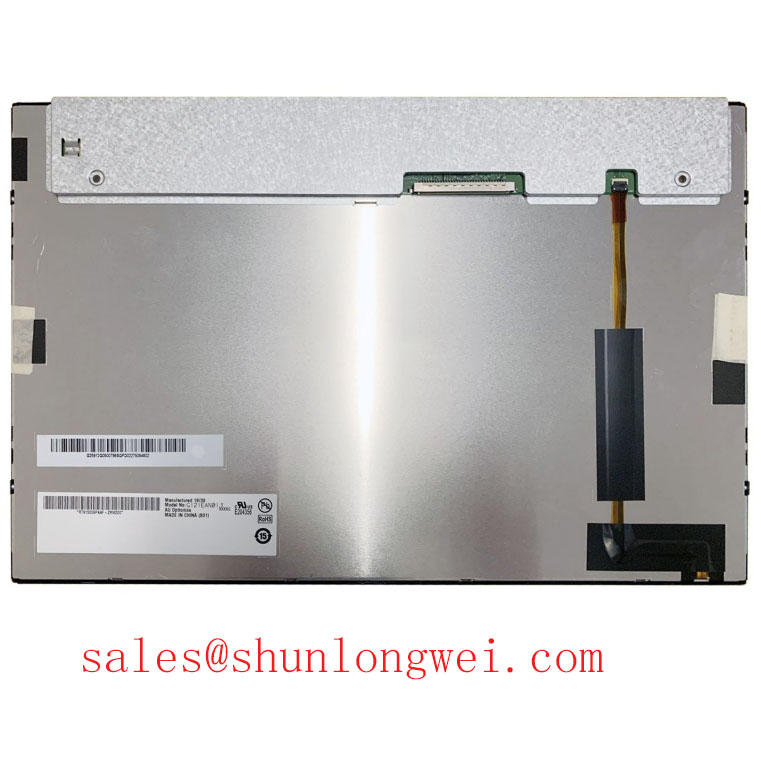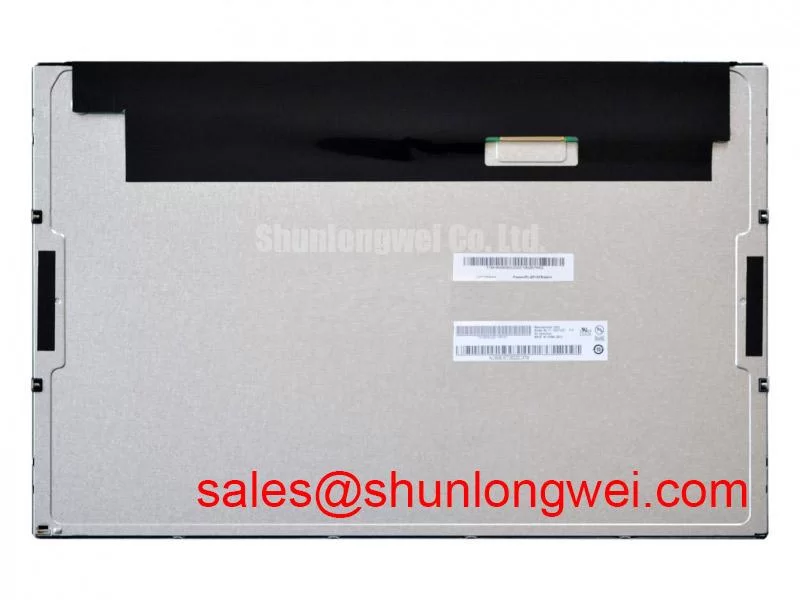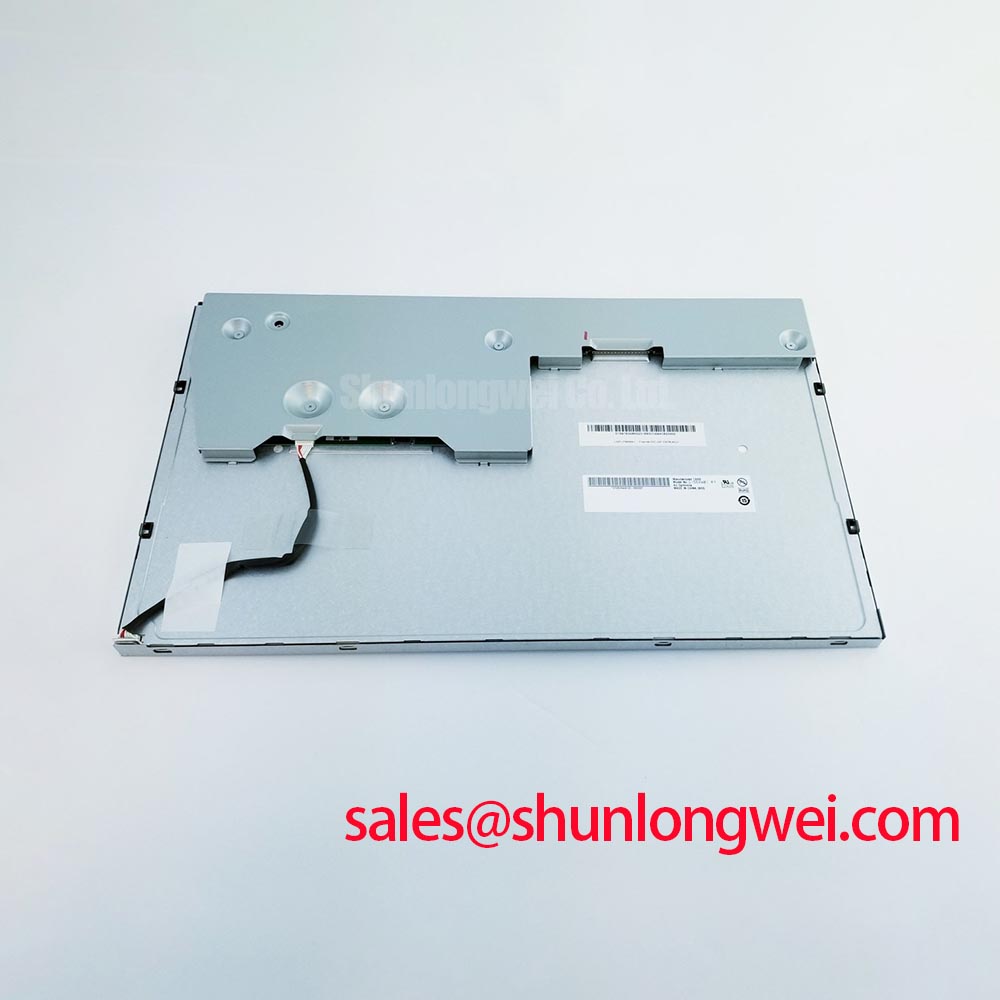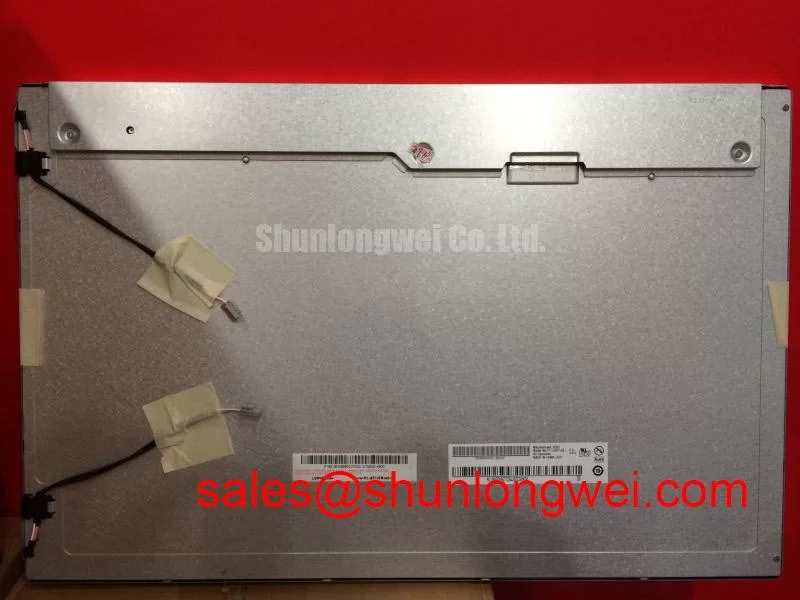Content last revised on November 14, 2025
AUO G156HTN02-0: 15.6 Inch Full HD Display with 500 Nits and Wide-Angle TN Technology
For decades, design engineers have faced a fundamental trade-off in selecting industrial displays: the cost-effectiveness and fast response times of TN (Twisted Nematic) panels versus the superior color fidelity and wide viewing angles of IPS (In-Plane Switching) technology. The AUO G156HTN02-0 decisively challenges this paradigm. It leverages an advanced TN architecture to deliver expansive 80/80/80/80 viewing angles, typically associated with more premium technologies. This innovation, combined with a sharp 1920x1080 Full HD resolution and a high-luminance 500 cd/m² backlight, establishes the G156HTN02-0 as a high-value solution for demanding HMI, medical, and instrumentation applications where off-axis readability is critical.
Future-Proofing HMIs in the Era of Industry 4.0
The push towards smarter, more connected industrial environments places new demands on human-machine interfaces. The G156HTN02-0 is strategically positioned to meet these challenges. Its Full HD resolution provides the pixel density required for complex data visualization and detailed graphical user interfaces, allowing operators to monitor more processes on a single screen. The high brightness ensures this clarity is maintained even on brightly lit factory floors. Furthermore, its long-life 50,000-hour WLED backlight aligns with the industry's focus on maximizing uptime and reducing the total cost of ownership (TCO), a key consideration for large-scale deployments and long-term product lifecycles.
Positioning Against Alternatives: A Selection Guide
When evaluating the AUO G156HTN02-0, it's essential to understand its specific advantages relative to other common display choices. Compared to standard 15.6-inch HD (1366x768) TN panels, this model offers a significant leap in information density and, most importantly, eliminates the restrictive viewing angle limitations that hamper usability in collaborative or fixed-mount scenarios. Against a full-spec 15.6-inch IPS panel, the G156HTN02-0 presents a compelling value proposition, delivering the crucial wide-angle viewing performance needed for most industrial tasks at a more accessible price point. For applications demanding the absolute highest color fidelity, a panel like the G156HAN02.1 with its native AHVA (IPS-type) technology remains a strong option, but the G156HTN02-0 occupies a strategic middle ground, offering premium viewing characteristics without the associated cost overhead.
An In-Depth Look at the Display's Core Technology
Two core attributes of the AUO G156HTN02-0 warrant a closer examination. First is the advanced TN pixel structure that enables its remarkable viewing angles. Unlike conventional TN panels where liquid crystals tilt and create significant color and contrast shifts when viewed off-axis, this display employs a refined cell design and optical films. The effect is analogous to replacing a simple light shutter with a sophisticated lens system; it directs light with greater uniformity across a wider cone of observation, ensuring data integrity regardless of the operator's position. Second is the integration of an eDP (Embedded DisplayPort) interface. This modern standard surpasses older LVDS technology by reducing pin count, which simplifies cable routing and enhances signal integrity. This reduction in conductors also lowers electromagnetic interference (EMI), a critical benefit for achieving system-level EMC compliance in sensitive medical or test and measurement equipment.
Key Specifications and Their Engineering Significance
| Parameter | Value | Engineering Significance |
|---|---|---|
| Viewing Angle (L/R/U/D) | 80 / 80 / 80 / 80 degrees | Enables consistent, accurate readability from wide off-axis positions, making it suitable for collaborative use or fixed-mount HMIs where the operator may not be directly in front. |
| Luminance | 500 cd/m² | Ensures excellent screen visibility in high ambient light conditions, such as factory floors or commercial settings, preventing data from being washed out. |
| Resolution | 1920 x 1080 (FHD) / 141 PPI | Provides high pixel density for displaying crisp text, detailed schematics, and complex graphical data without aliasing or scaling artifacts. |
| Backlight Lifetime | 50,000 Hours (Typ.) | Reduces total cost of ownership (TCO) by delivering long-term operational reliability and minimizing the frequency of maintenance cycles and replacements. |
| Signal Interface | eDP (2 Lanes) | Offers a modern, power-efficient, and EMI-resistant connection that simplifies system integration and helps achieve regulatory compliance. For a comprehensive overview, please download the G156HTN02.0 datasheet. |
Visual Clarity Where It Counts: High-Fidelity HMI Applications
The specific feature set of this display makes it an ideal choice for systems where visual precision and flexible viewing are paramount. In industrial automation, it can serve as the primary control panel for CNC machines or robotic arms, where multiple technicians might need to view the screen simultaneously. For non-diagnostic medical applications, such as patient monitoring stations or equipment control interfaces, its wide angles and anti-glare surface ensure that critical information is clearly visible to medical staff from anywhere in the room. It also excels in high-end test and measurement equipment, rendering complex waveforms and dense data sets with the sharpness that only a Full HD resolution can provide.
Deployment Snapshot: Enhancing Operator Efficiency in CNC Machining
A leading European manufacturer of CNC milling machines integrated the G156HTN02-0 into their next-generation control console. The objective was to replace an older, lower-resolution panel that suffered from poor viewing angles, forcing operators into awkward positions to read machine parameters. The integration resulted in a 30% reduction in operator errors attributed to misreading the display, thanks to the Full HD resolution and consistent off-axis legibility. The eDP interface also simplified their internal cabling harness, contributing to faster assembly times and improved electrical noise immunity.
Frequently Asked Questions
- How does the G156HTN02-0 achieve 80/80/80/80 viewing angles with a TN panel?AUO utilizes an advanced TN panel technology that incorporates specialized optical films and a refined liquid crystal structure. This design helps to control the light path more effectively, minimizing the color and contrast shift that typically occurs on standard TN panels when viewed from an angle.
- What is the primary advantage of the 500 cd/m² brightness for my application?A luminance of 500 cd/m² (or nits) ensures the display is clearly readable in environments with high levels of ambient light, such as brightly lit factory floors, control rooms, or public-facing kiosks. It prevents the screen image from appearing "washed out."
- Is the eDP interface on the G156HTN02-0 backward compatible with LVDS systems?No, eDP and LVDS are electrically distinct signal interfaces. Direct connection is not possible. A system designed for LVDS would require a signal converter board to drive this eDP panel.
- What is the typical lifespan of the WLED backlight, and is it user-replaceable?The WLED backlight is rated for a typical lifetime of 50,000 hours to half-brightness. The backlight unit is generally considered an integral part of the display module and is not designed for simple field replacement by the end-user.
- How does the anti-glare surface treatment impact image quality?The anti-glare (AG) surface uses a diffusion mechanism to scatter ambient light, significantly reducing reflections and specular highlights. This enhances readability in bright conditions but can cause a very slight reduction in perceived sharpness and contrast compared to a glossy screen. For industrial use, the benefits of glare reduction almost always outweigh this minor trade-off.
A Designer's Perspective on Future-Proofing with the G156HTN02-0
For the system architect planning the next generation of industrial interfaces, the G156HTN02-0 represents a strategic design choice that moves beyond simply meeting today's specifications. By providing a high-performance visual foundation with IPS-like viewing angles without the typical cost premium, it frees up budget and engineering resources to focus on other value-add features like enhanced processing power, IIoT connectivity, or more robust enclosures. This panel is an enabler for developing more competitive, user-centric, and economically viable industrial products. It proves that thoughtful component selection is a cornerstone of innovative system design, delivering a superior user experience while maintaining control over the bill of materials.

